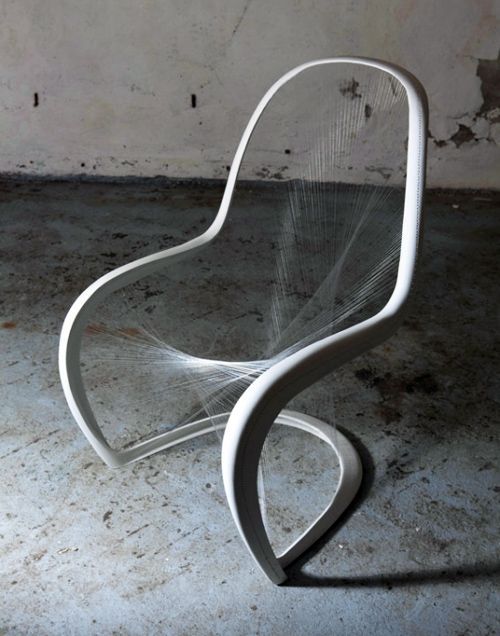Tensegrity systems are efficient in terms of lightness, low material consumption and durability. Today, due to the negative effects of the industry on the environment, the efficient and conscious use of resources has gained importance. Sustainable products are expected to be respectful to ecology and use minimum environmental resources. Tensegrity systems are systems that will provide solutions to these problems.
Integrating Tensegrity systems into product designs will contribute to the product in terms of product use and production. Lightness and durability of the products will be of great importance for the user, and the use of less material will reduce the cost and facilitate production. These systems are also used in engineering, architecture and medicine. The best example that can be given in engineering is the robot named Superball designed by NASA. Thanks to its flexibility, the robot moving on uneven surfaces works with the tensegrity system. Continuous tensioning systems have applications in the field of medicine besides being used in engineering fields. Wearable technologies, products such as exoskeletons or prostheses are just a few of the potential areas where continuous tensioning systems can be used.
Tensegrity structures have a high potential in user products such as structural tables and chairs. Since their modularity potential is also high, they can be used in many product development.
